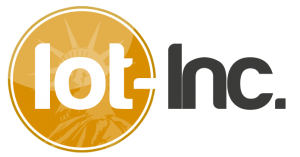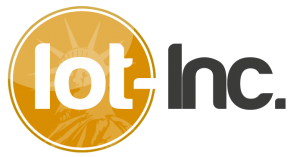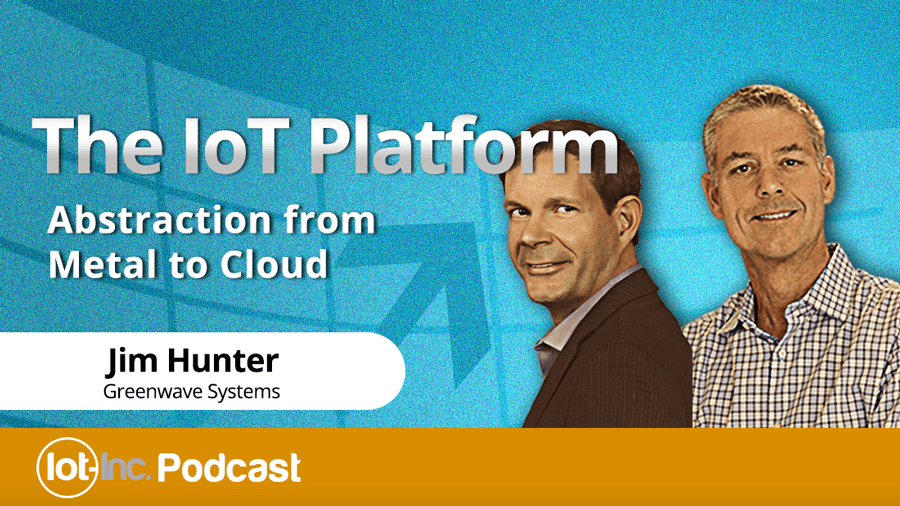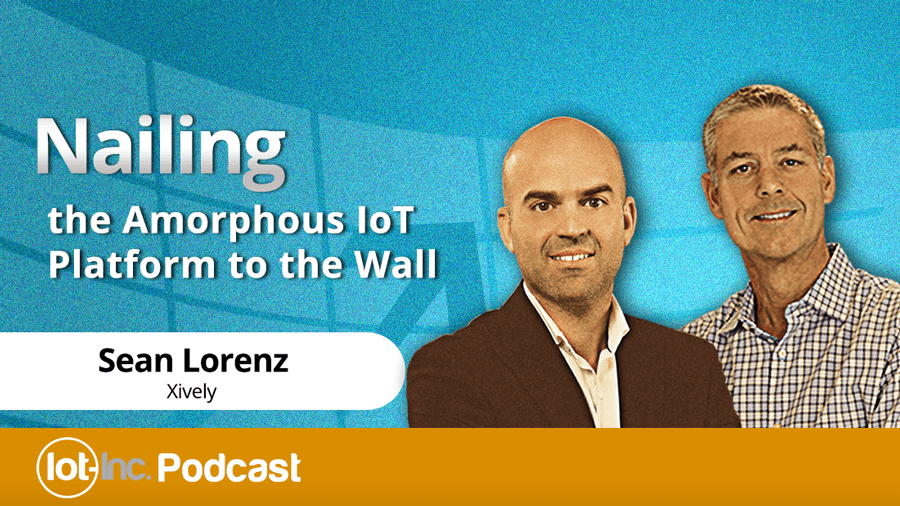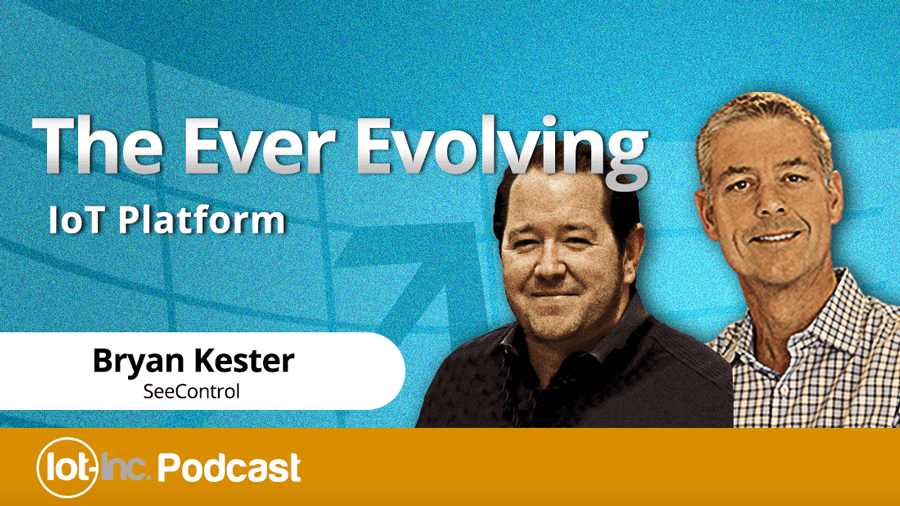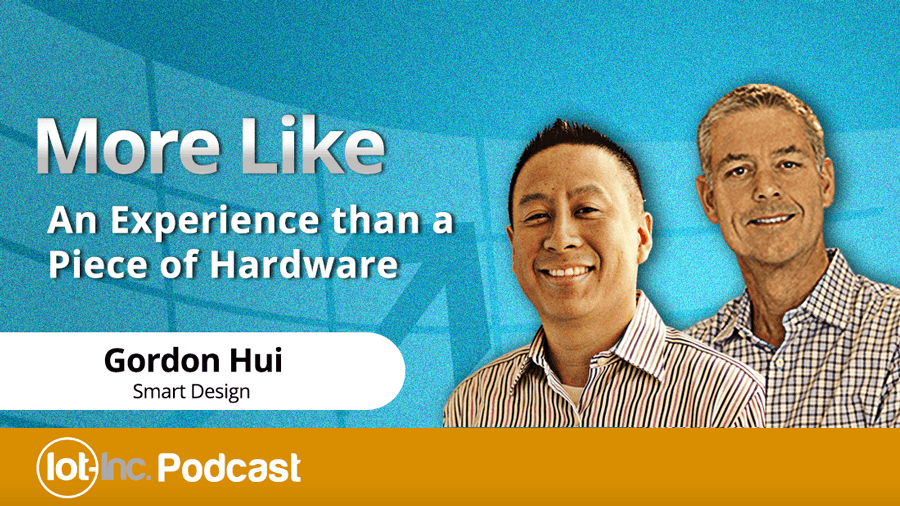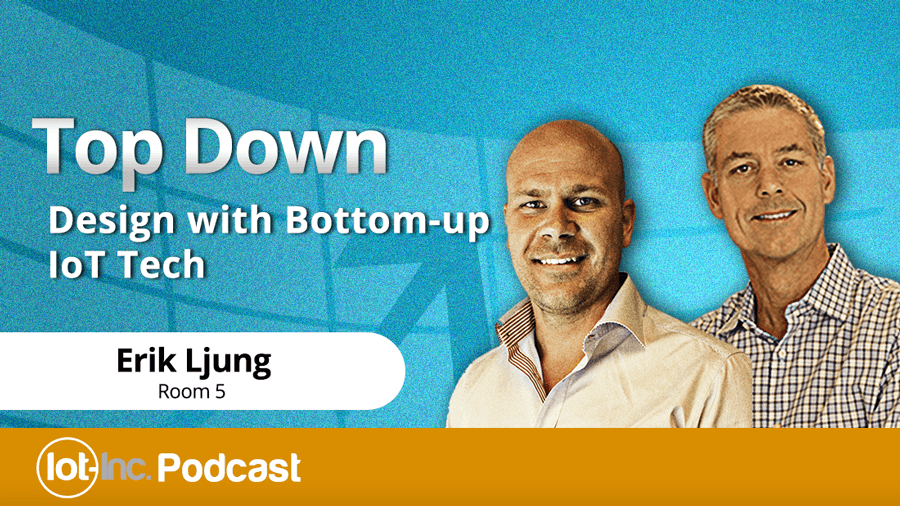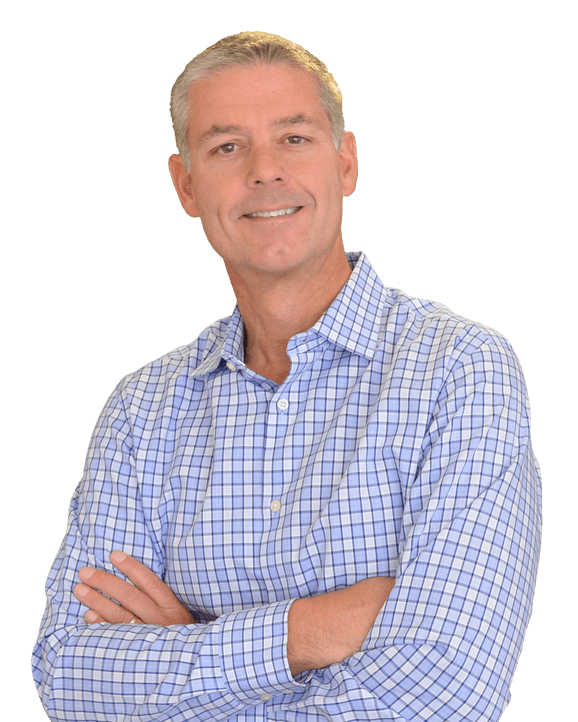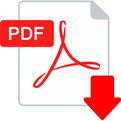02 Jun Exposing the True Nature of the Robust IoT Cloud
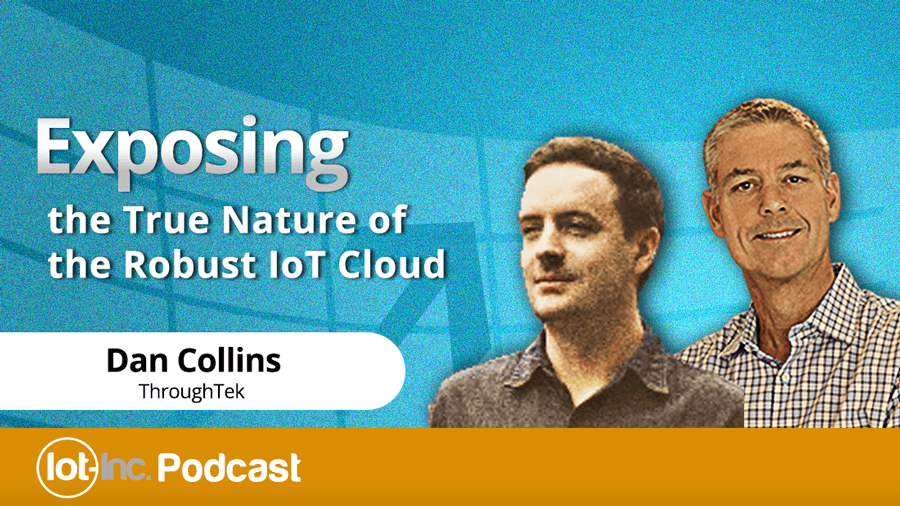
Episode 21
On the surface, building your own IoT cloud seems pretty straightforward, but brush away some of the fluff and you’ll find the non-trivial issues of data velocity, message processing, scalability, redundancy and robustness.Listen to this podcast (or read the transcript) with Dan Collins, its differences with the IT cloud and the issues to consider when building or buying ...
